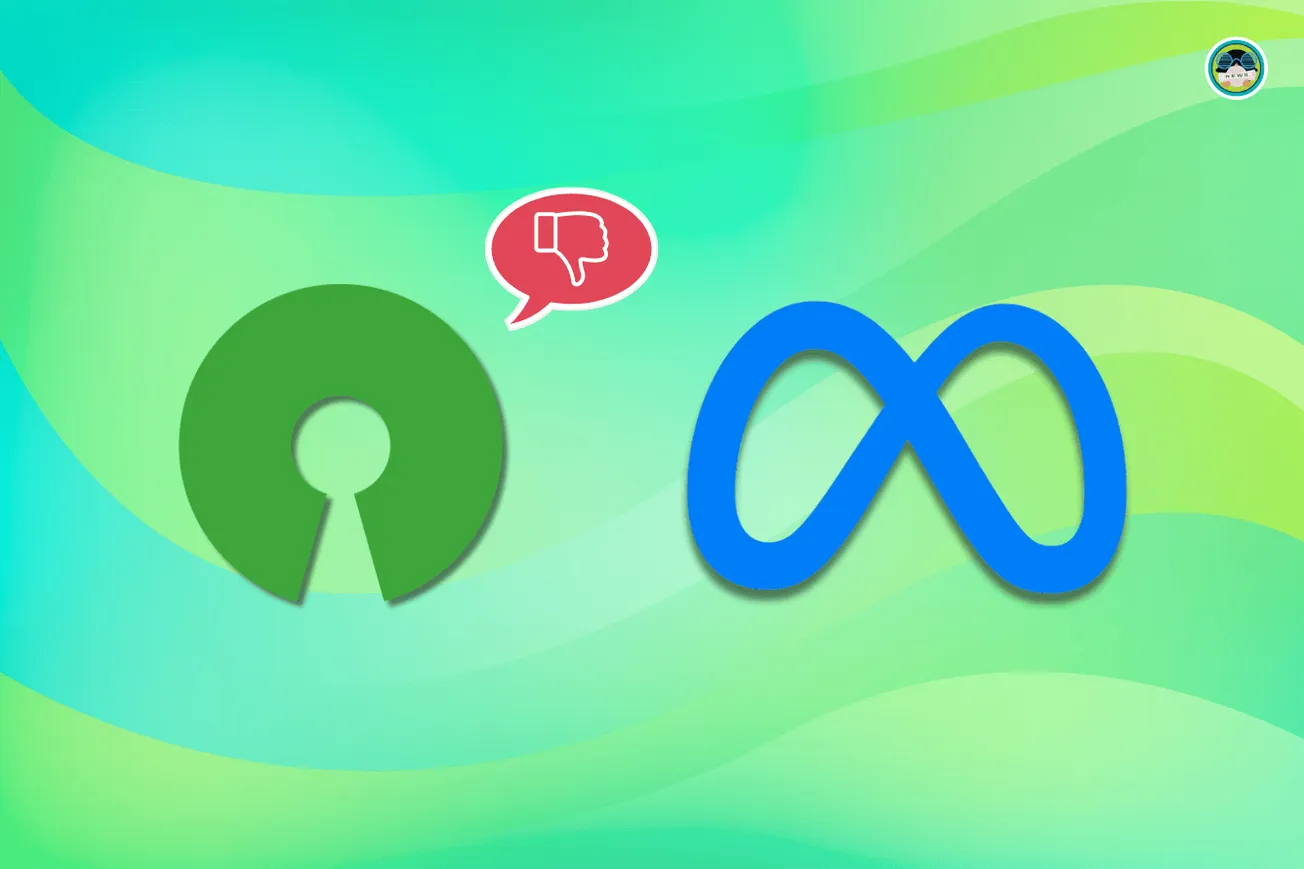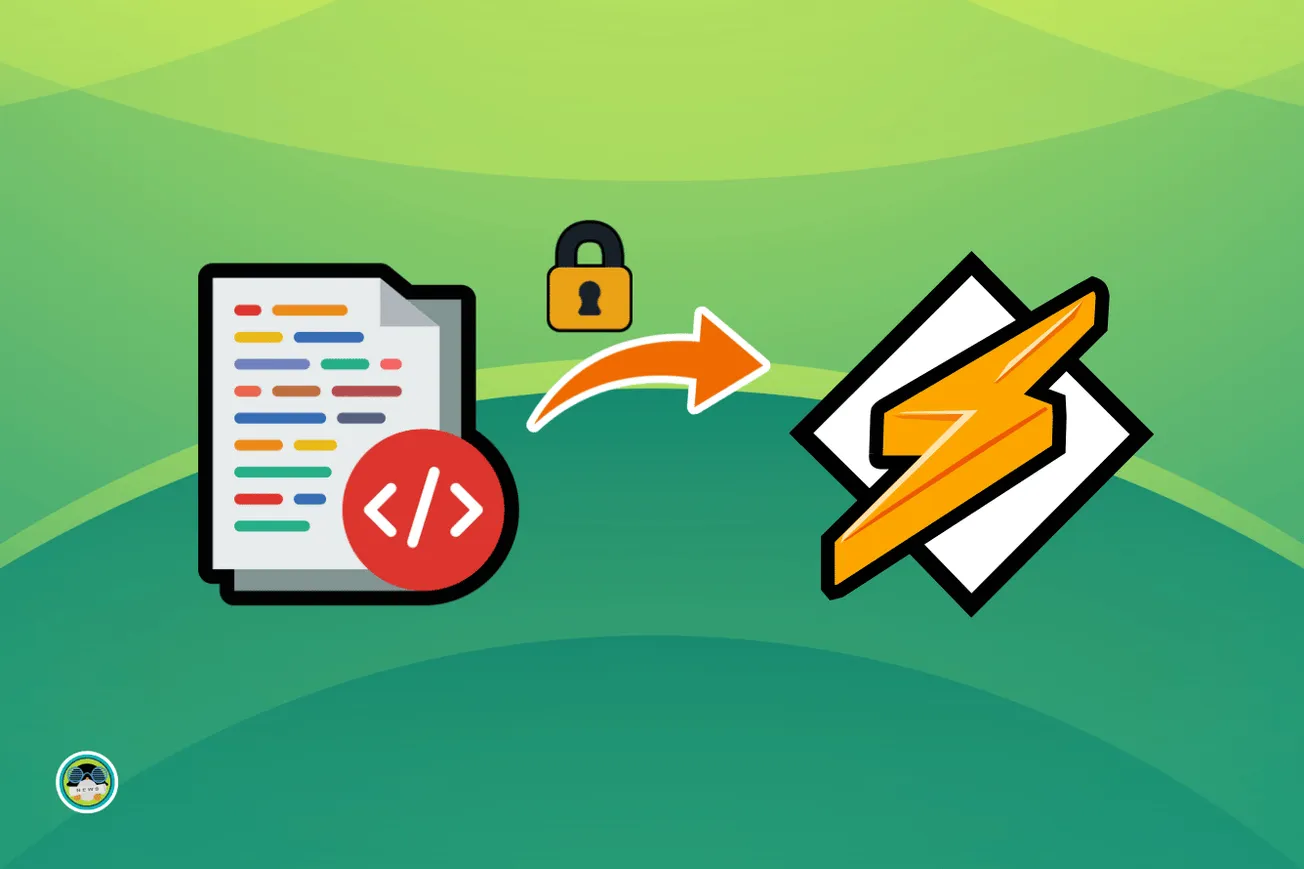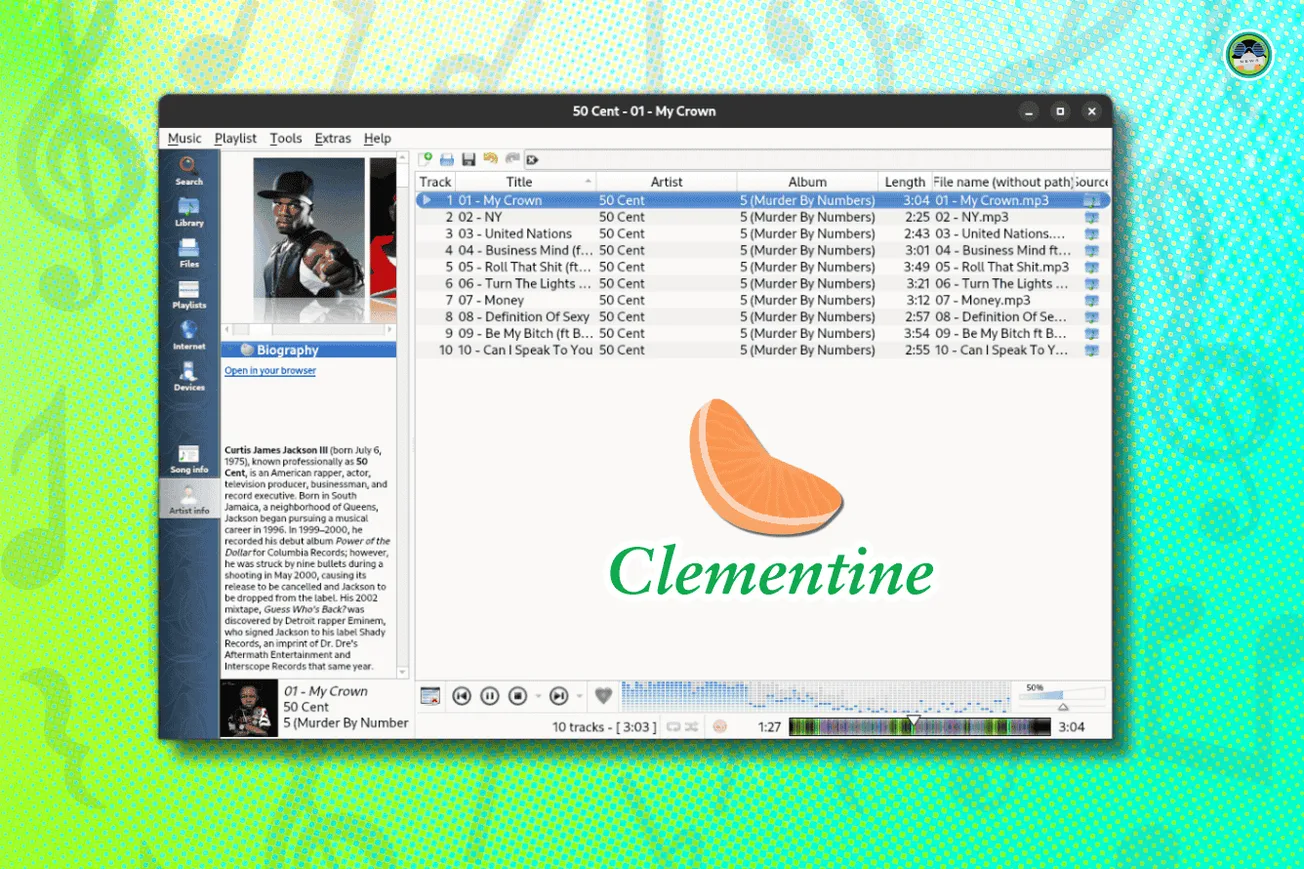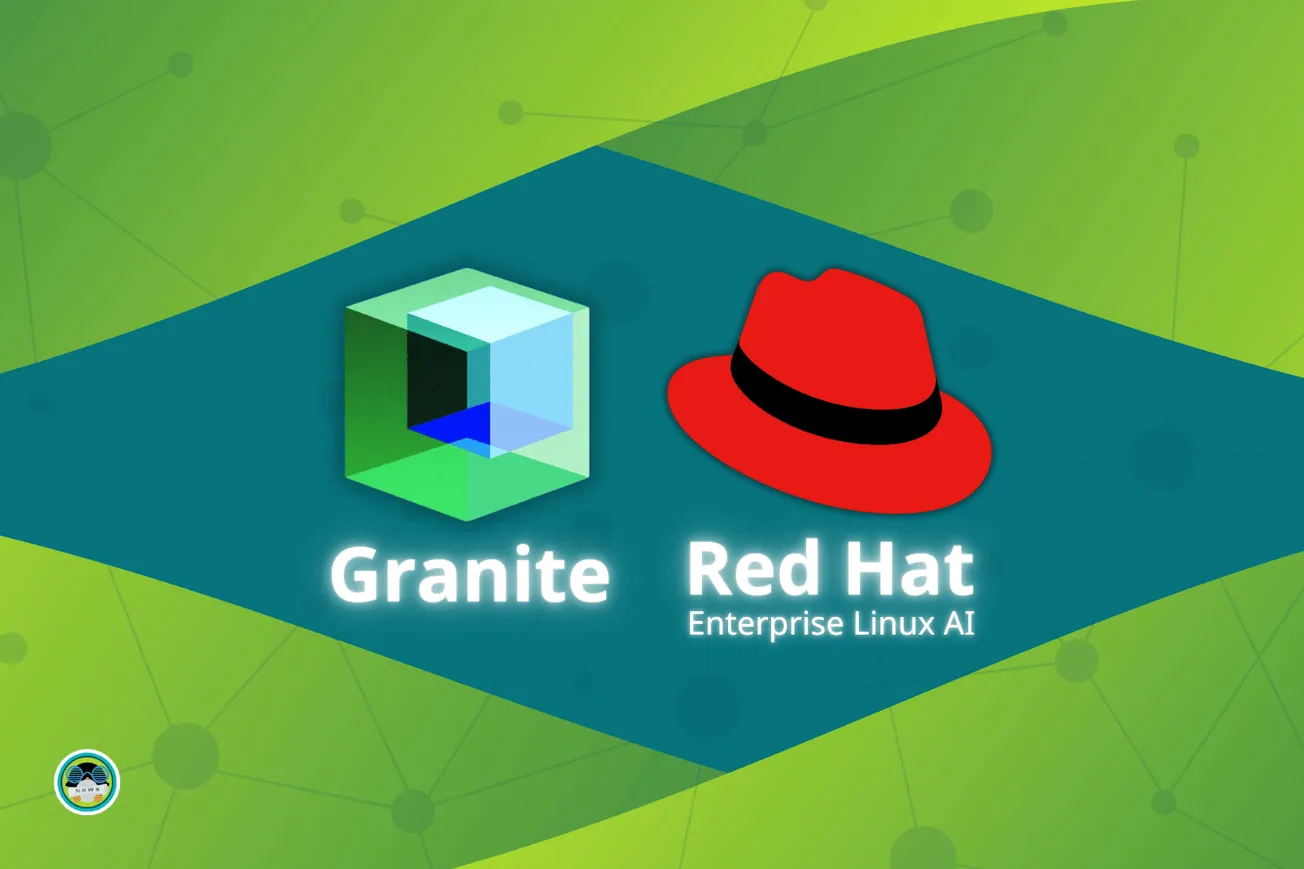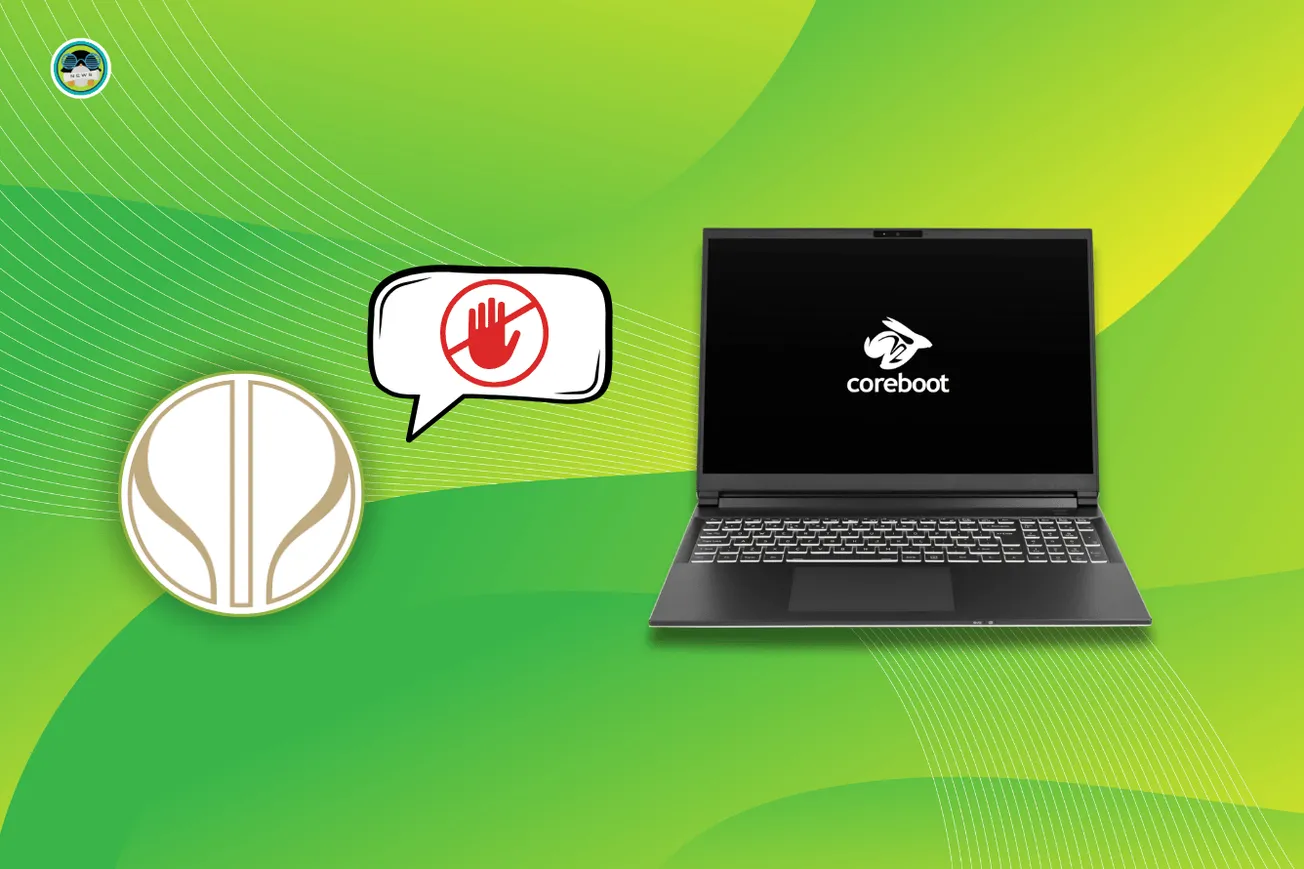
Since Microsoft acquired GitHub, the company has been providing many of its projects directly to the open-source community. Microsoft’s Extensible Storage Engine (ESE) is yet another project that finds a place in the company’s open-source projects list.
In case if you didn’t know, Microsoft released ESE, a non-SQL Database Engine back in 1994. It may come to your surprise that even Windows 10 makes use this technology and not just older versions. ESE is an advanced indexed and sequential access method (ISAM) storage technology that enables applications to store and retrieve data from tables using indexed or sequential cursor navigation.
ESE was previously known as JET Blue, which also happens to be the core of the Microsoft Exchange Server, Active Directory, and Windows Search. This core code is now available as open-source under MIT license.
Although Microsoft announced it as an open-source project, there is still a lot of work pending before it can be considered as something useful.
The ESE As An Open-source Project
Since this codebase was a long-term part of Microsoft’s internal development, they stripped down all the comments and excluded certain file types because they don’t want to make any sensitive information public.
However, Microsoft says that this is temporary, and they will push cleaned up comments after reviewing everything.
In addition to this, there is no proper build system available at this moment. But the developers will make build files, codegen scripts, and infrastructure available to build ESE in the future. The code is currently provided only for information purposes.
Also, another thing to note is that the developers have initially withheld the test code. They intend to gradually release the tests, as well as adding Azure pipelines to run on them.
Moreover, you cannot contribute at this stage, they will only accept community contributions after they have completely synchronized their code.
If you want to take a peek at the project and find out more, go to the official Github repository.
What do you think about ESE being open-source? Will it be something useful as an open-source project? Don’t forget to share your thoughts about this project in the comments below.
Here's why you should opt for It's FOSS Plus Membership
- Even the biggest players in the Linux world don't care about desktop Linux users. We do.
- We don't put content behind paywall. Your support keeps it open for everyone. Think of it like 'pay it forward'.
- Don't like ads? With the Plus membership, you get an ad-free reading experience.
- When millions of AI-generated content is being published daily, you read and learn from real human Linux users.
- It costs just $2 a month, less than the cost of your favorite burger.

